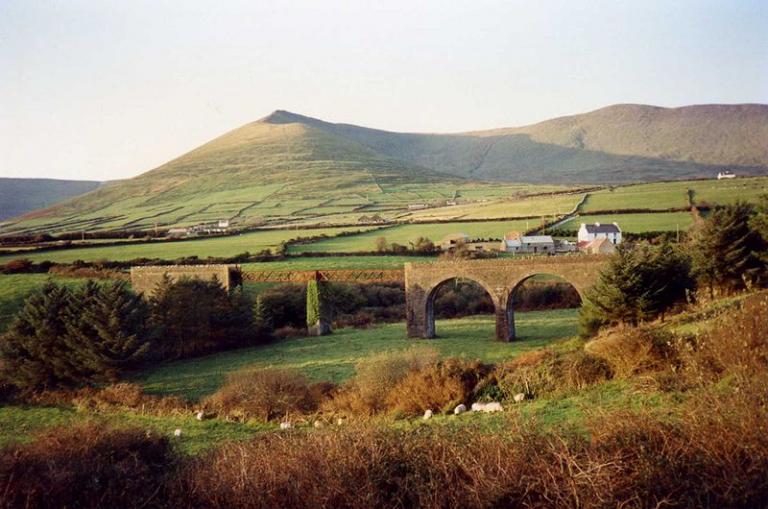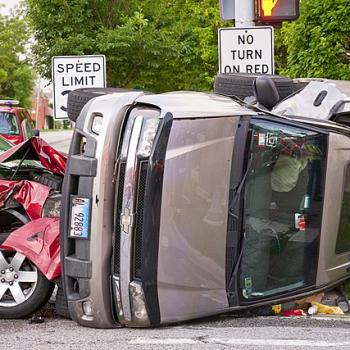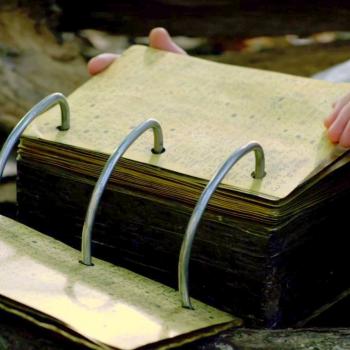
(Wikimedia Commons public domain image)
The indispensable Robert Boylan of Ireland offers a couple of items regarding the distinct limits of archaeology:
“Stephen Jett on the low rate of survival of written documents in antiquity”
“John L. Sorenson Refutes Michael D. Coe on the Book of Mormon and the New World”
And he invites help, both personally and for his branch:
“Forthcoming Birthday in March and Ways to Support the Research for this Blog”
“Prayer Request for the Tralee Branch”
The photo above does make me want to go there for a while.
***
For some of our anti-Mormon friends, here are a couple of items from The Callous Leaders of the Church Don’t Care Dept.:
***
A bit more on the limits — in this case, limits of time — that make archaeology difficult:
“An Ancient Assyrian City Will Soon Be Lost Again”
***
From one of my several unfinished manuscripts:
We are obliged to move on to the suggestion that the Book of Mormon was the product, not of simple fraud, perpetrated by one fiendishly, peerlessly clever individual, but of collective fraud. First, we look at the notion that I have labeled “Collective Deceit (by Joseph Smith, the Witnesses, etc.).” This hypothesis would account for the “supernatural” elements of the story of the emergence of the Book of Mormon, in that it would simply allege that such things never happened. But it, too, every bit as much as the idea of individual deception, collides with the evidence that I have presented respecting the character of Joseph Smith. Moreover, it clashes directly with the evidence we have concerning the character of the Witnesses and their subsequent behavior. One of the things most frequently noted by those who interviewed David Whitmer in the last decades of his life is the reverence and awe with which he regarded the manuscript of the Book of Mormon that he had in his possession. He refused to part with it for any sum of money, though he was by no means wealthy, and both he and his family felt not only that it was divinely protected but that they would share in that divine protection so long as they owned it.[1] Whether their sense of the manuscript’s near supernatural potency be viewed as misplaced or not is irrelevant to the issue at hand: Such attitudes are impossible to square with cynicism and conscious deception. There is simply no sign of dishonesty or a conspiracy among Joseph Smith’s associates—and, in the case of a group so large (eleven official witnesses, plus Mary Whitmer and Emma Smith and Lucy Mack Smith and William Smith), it would be inconceivably difficult to keep such a conspiracy under wraps. Particularly so as the alleged conspirators suffered much (including death, in a few cases) for their supposed plot, gained nothing, were (in many cases) alienated from Joseph Smith, and, collectively, lived several decades after the death of the Prophet and entirely isolated from any supportive or ego-gratifying community. As the lawyer James H. Moyle justly observed, “If there had been fraud in this matter Joseph Smith would have cultivated those men and kept them with him at any cost. The truth is that when they became unworthy they were excommunicated, even though they were witnesses to the Book of Mormon.”[2]
[1] See, for example, Cook, David Whitmer Interviews, 28-29, 30, 43-44, 45, 47, 69-70, 78, 96, 99, 107, 108, 126, 130-131, 136, 140, 144, 149-150, 160-161, 164, 170, 177, 196, 231, 239, 252. (For an important clarification of David Whitmer’s testimony, however, note Joseph F. Smith’s remarks on pages 257-258.)
[2] As cited in Cook, David Whitmer Interviews, 169.












